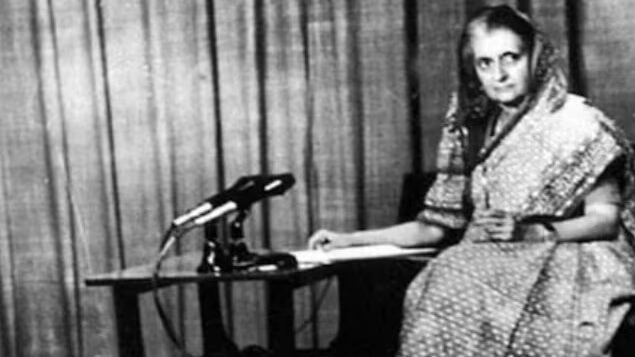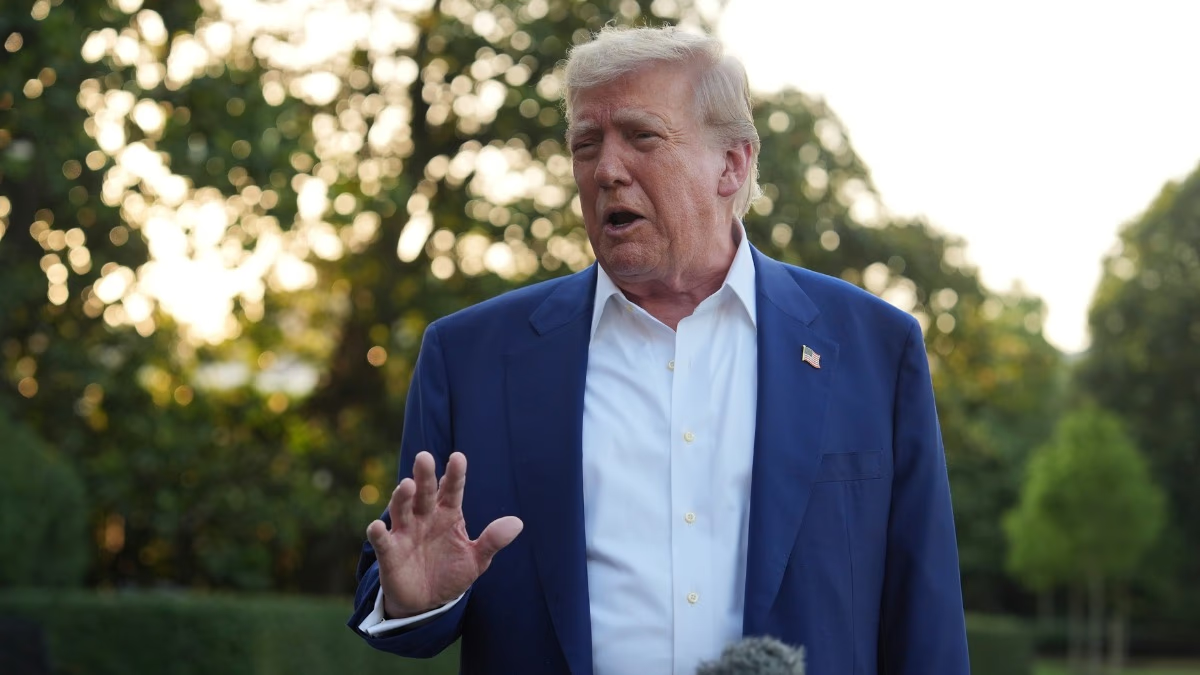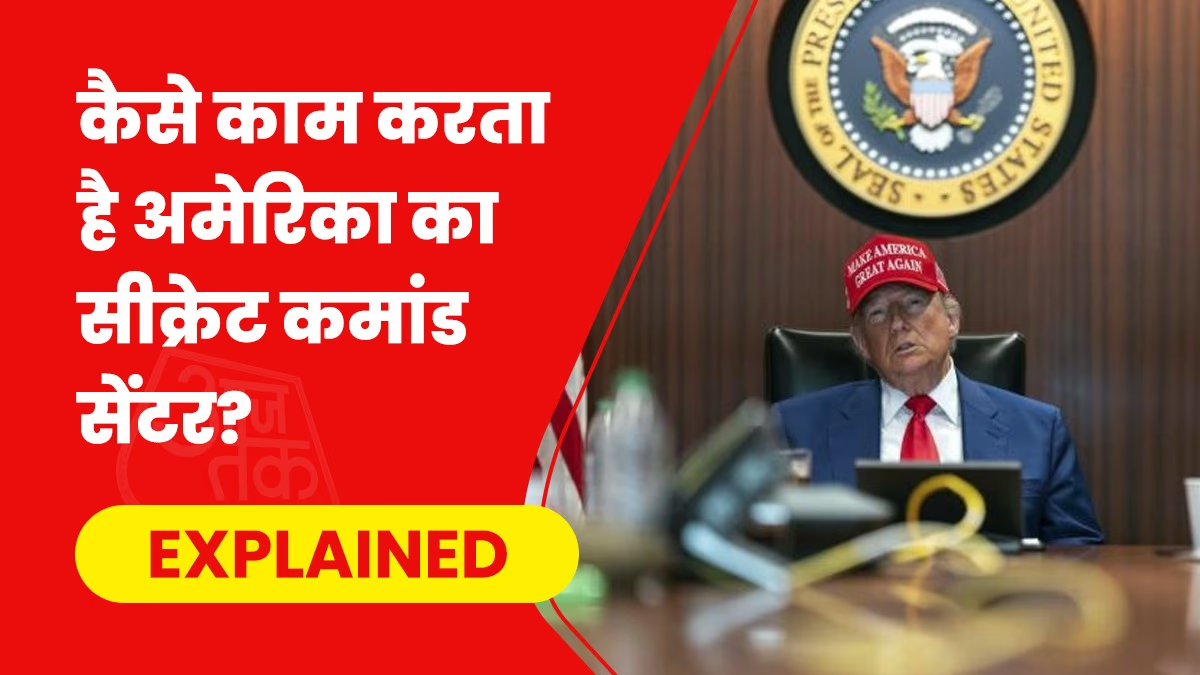The term 'Emergency' echoes profoundly in Indian politics even after five decades. On the midnight of June 25, 1975, then Prime Minister Indira Gandhi declared a state of Emergency in the nation. As the 50th anniversary of this event approached, the Bharatiya Janata Party (BJP) marked it as Constitution Killing Day, while the opposition India Block, with Congress ally Samajwadi Party (SP), observed it as Democracy Protection Day. Beyond these commemorations lies an aspect not often discussed.
This aspect is change. The emergency period nudged the 'young Indian democracy,' just 28 years old, to a mature threshold. It decentralized power and ushered the country out from under a single party's strong canopy into the vibrant hues of multiparty politics. Movements led by Jayaprakash Narayan and others brought awareness of democracy to the people. Although democratic rights were suppressed and political figures imprisoned during the emergency, it was also a turning point, provoking a 360-degree shift in Indian politics. What were Indira's Emergency's political effects?
1-
Leadership of Jayaprakash Narayan
Post-independence, the Congress party dominated from the central seat to the states due to its contribution to the freedom movement and lack of competing leadership. Indira Gandhi's leadership was widely accepted, maintaining Congress's dominance. However, during the emergency, this picture changed, birthing a leadership factory that presented many new leaders to Indian politics, the most notable being Jayaprakash Narayan, also known as Loknayak. The emergency established JP's leadership against Indira.
2-
Birth of the 'Kingmaker' Tradition
Following the anti-emergency movement, a significant change in the political landscape was the emergence of kingmakers over kings. Jayaprakash Narayan, the anti-emergency movements' most prominent poster boy, neither contested elections nor joined the Janata Party's government once in place, yet accepted a kingmaker role. This introduced a multiparty participation tradition and coalition culture in governance.
3-
Denting Congress’s Stronghold
Since the first elections post-independence until the emergency, Congress held an unchallenged rule in Indian politics. Challenging Congress was considered difficult for other parties. Most states from the east to west and north to south were governed by Congress.
The anti-emergency movement altered these circumstances, shattering Congress's invincible image. Amidst the anti-emergency wave, Congress not only lost central power but struggled to win even single seats, forcing powerful leaders into tough contests, ultimately breaking the unyielding Congress rule.
4-
Expansion of the 'Janata Family'
The anti-emergency movement brought diverse ideological parties and leaders onto a single platform, exemplified by the formation of the Janata Party. Socialist, Gandhian, and Jana Sangh parties and leaders united in the 1977 elections, winning 298 out of 542 seats to form a government.
Read More: 'Fight during Emergency Kept Democracy Alive...', Amit Shah on 50 Years of Emergency
The Janata Party and its government didn't last long, breaking apart within two years, toppling the Morarji Desai-led government. Parties like the Janata Dal and Bharatiya Janata Party branched from this mighty tree. The Janata Dal split further into parties like Janata Dal (United), Janata Dal (Secular), Samajwadi Party (SP), Rashtriya Lok Dal (RLD), Biju Janata Dal (BJD), and Rashtriya Janata Dal (RJD), expanding the 'Janata Family.'
5-
The Rise of BJP in Delhi's Political Arena
The roots of Bharatiya Janata Party or BJP are tied to the same Janata Family. Post-emergency, the Bharatiya Jana Sangh (BJS) merged with the Janata Party. A proposal during a Janata Party meeting sought to ban party officials and representatives from participating in RSS activities. Following this, factions led by Atal Bihari Vajpayee and L.K. Advani declared themselves the true Janata Party.
Read More: 50 Years of Emergency… BJP Observes 'Constitution Killing Day' while SP Marks it as Constitution Protection Day
Subsequently, they formed a new party by adding 'Bharatiya' to their name, known today as the Bharatiya Janata Party. Under Atal Bihari Vajpayee's leadership, BJP took root. Though initially an offshoot of the Jana Sangh, BJP emerged from the Janata Party post-emergency movement. Winning two seats began its parliamentary journey, culminating in a significant rise with Atal Bihari Vajpayee's 1996 government, and the party now has held the central seat for over 11 years.




